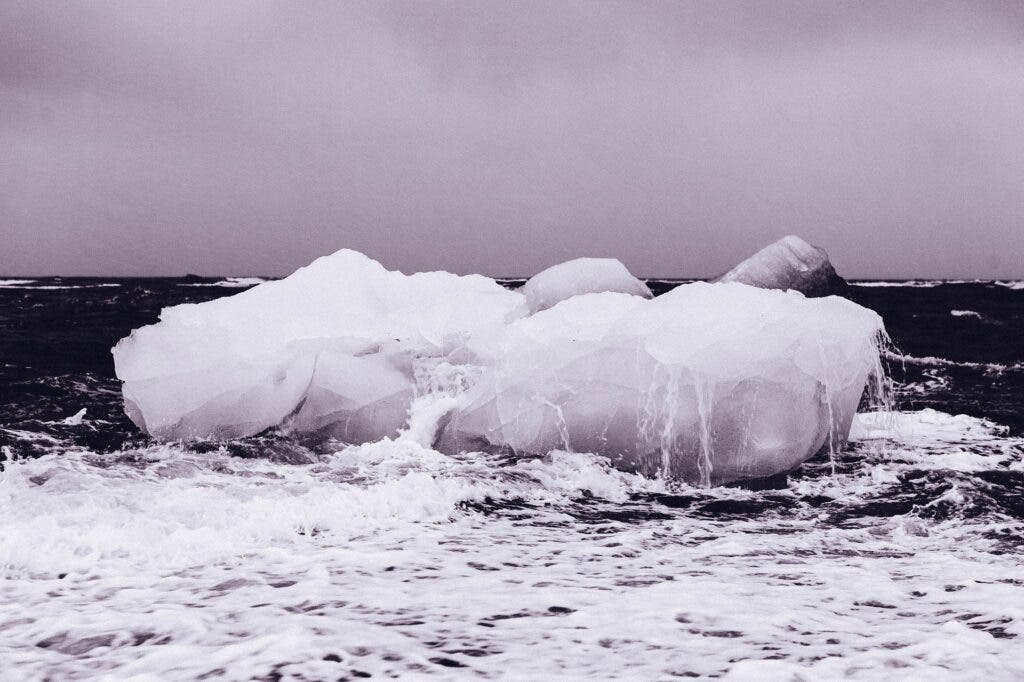New research warns that the Greenland ice sheet is likely to melt even more than previously estimated — a solid 60% more.

Bad news keeps piling up for the Greenland ice sheet. A study earlier this month reported that in around 600 years or so, it will melt enough that it won’t ever be able to recover (the ice sheet creates its own microclimate, meaning it is making itself possible right now). Despite this, new research suggests that we’ve underestimated how large the problem truly is.
Melt a-plenty
The team, headed by researchers from the Universities of Liège and Oslo, used multiple climate models with the latest observations, finding that we’re likely to see a 60% greater melting of the Greenland ice sheet by 2100 than previously predicted. That melt will, obviously, contribute to a rising sea level.
“The MAR model (one of the models used for the paper) was the first to demonstrate that the Greenland ice sheet would melt further with a warming of the Arctic in summer. While our MAR model suggested that in 2100 the surface melting of the Greenland ice sheet would contribute to a rise in the oceans of around ten centimeters in the worst-case scenario (i.e. if we do not change our habits),” explains Stefan Hofer, a post-doc researcher at the University of Oslo.
“Our new projections now suggest a rise of 18 cm.”
The results of this paper will be integrated into the next Intergovernmental Panel on Climate Change (IPCC) report, AR6, the team adds. As they will be based on our most up-to-date models, the findings outlined by the paper should be more reliable than anything we’ve had previously.
Greenland’s ice sheet is the second-largest in the world after the Antarctic one, covering some 1.7 million square kilometers. A complete melt of this sheet would cause a rise in ocean levels by up to 7 meters, which is immense. Although the estimations in this paper are nowhere near that figure, they’re still higher than previous estimates, which is cause for concern.
The current paper reports that we’re looking at an 18cm (~7 in) increase in sea levels by 2100, which is 8cm higher than the previous estimation used by the IPCC. The researchers also used their MAR model to ‘downscale’ on previous IPCC scenarios. Keeping the same emission estimates that these used, the current model shows 60% more surface melting of the Greenland ice cap until the end of the century. Downscaling basically means turning a model with coarse resolution (i.e. low detail) into one with a higher resolution (more, finer detail).
“It would now be interesting”, says Xavier Fettweis, researcher and director of the Laboratory,” to analyze how these future projections are sensitive to the MAR model that we are developing by downscaling these scenarios with other models than MAR as we have done on the present climate.”
This was the first attempt to downscale the future scenarios regarding Greenland that the IPCC uses, the team notes. Future efforts to refine our climate models will receive support from various international projects such as the EU’s Horizon 2020, which should help the team gain access to even more cutting-edge data. Since melting processes are influenced by a wide variety of factors, our ability to predict them hinges on having as much reliable data factored in as possible.
The paper “GrSMBMIP: intercomparison of the modelled 1980-2012 surface mass balance over the Greenland Ice Sheet” has been published in the journal The Cryosphere.


